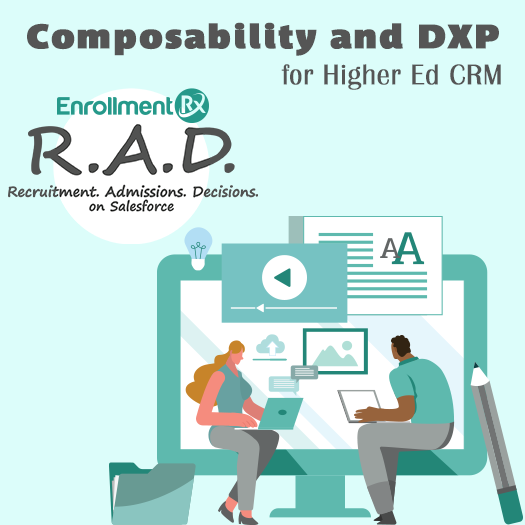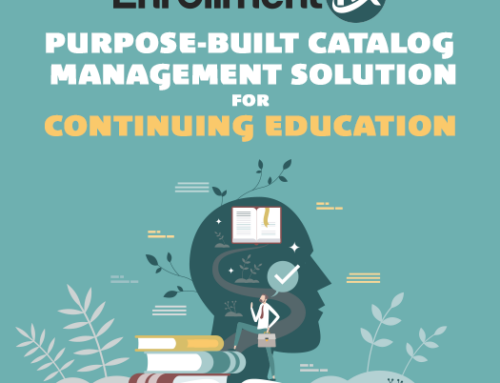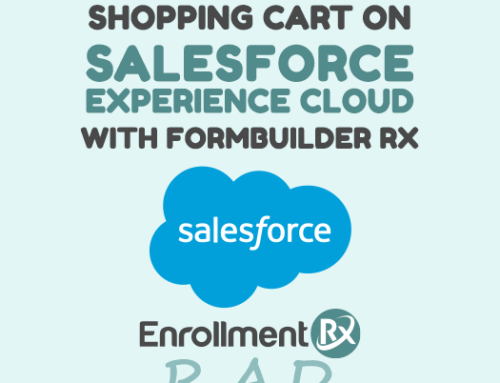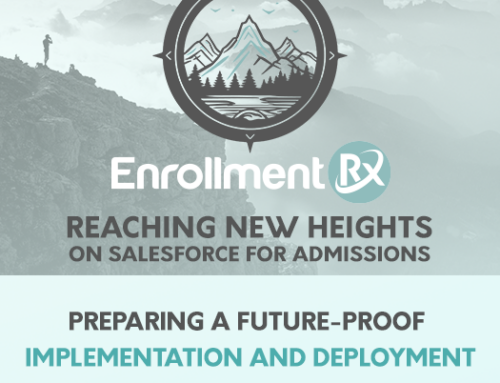The idea of composable software is that non-IT professionals are able to implement, maintain and update end-user functionality with clicks-not-code administration. In the case of Higher Education CRM, that needs to include the following components:
1) Forms and pages
Universities and colleges have infinite types of forms that applicants, students, employers, or any other constituent may need to interact with when providing or accessing information for their Higher Education CRM. These forms need to be highly dynamic and easily created and deployed by operational users.
2) Constituent portals
From applicant portals that change depending on the type of applicant, to student portals that support academic success, to employer and partner portals in the community, colleges and universities need their Higher Education CRM to support multiple types of constituent portals. These should be deployable and maintainable with mouse clicks.
3) Decision portals
While decision portals may seem like just another portal, we treat them uniquely at Enrollment Rx because they are so pivotal to the recruitment, admissions, and decision processes that we call “R.A.D.”. Universities and colleges will have varying requirements, even within the institution’s programs, when it comes to making application decisions. The decision portal experience must be powerful enough to support complex logic and requirements while simultaneously being maintained by non-IT administrators.
4) Communication templates
Automated, multi-channel communication is pivotal to Higher Education CRM success. Colleges and universities need to be able to create content and image-rich communication templates that support personalization. Once again, these tools should be configurable with declarative configuration, rather than requiring programmatic skills in order to support content merge features.
Click here to schedule a demo of our Higher Education CRM solution.




